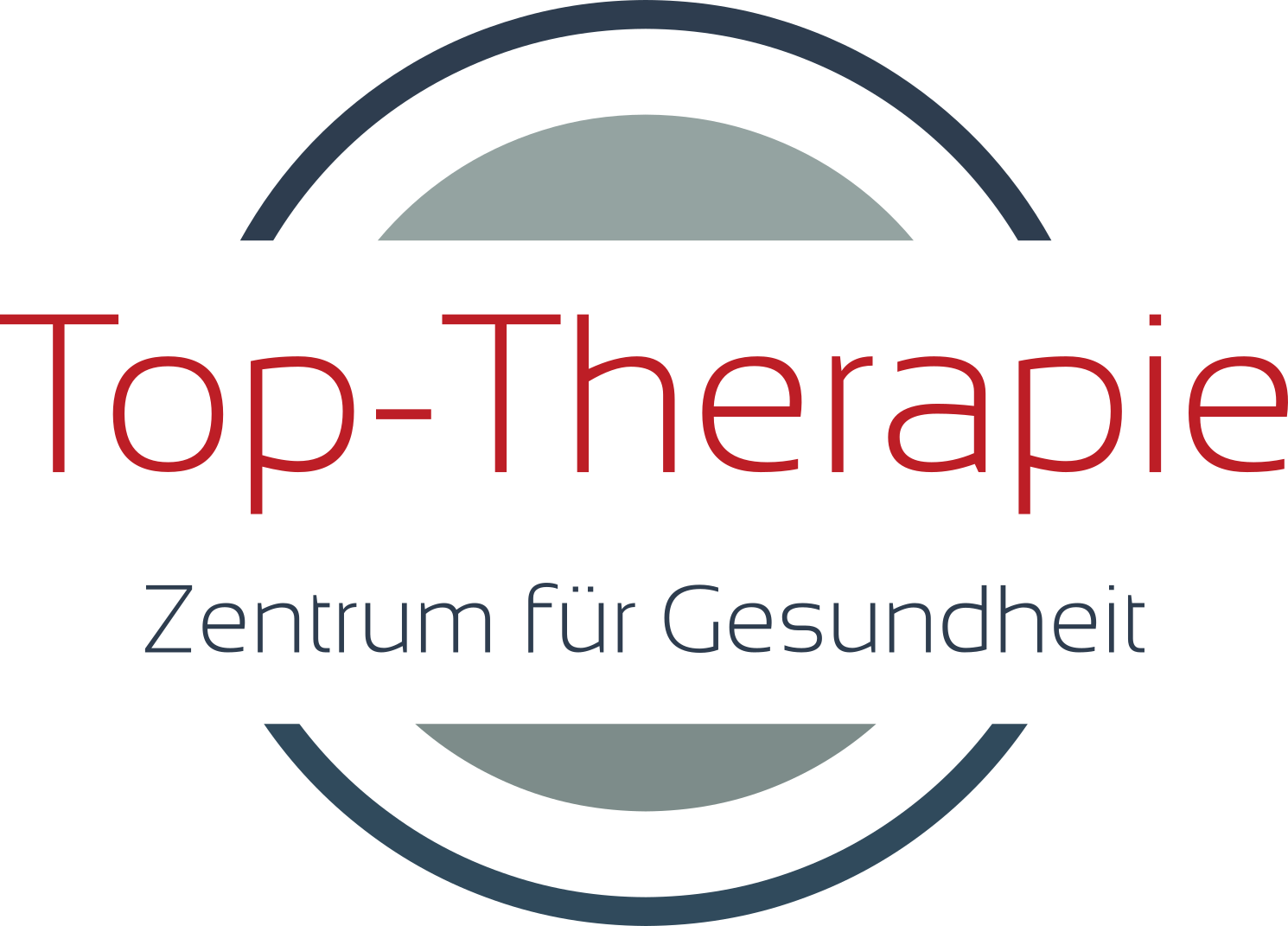- Myoton community
-
Show all posts
All posts
Looking to buy used MyotonPRO device

We buy secondhand myotons!
We would give it a second and wonderful life in opur clinic! Not just for Studies also for our clients!
Please contact me
Than you
Simon
ceo@top-therapie.ch

Logarithmic Decrement as an Inverse Biomarker of Tissue Elasticity
However, a widespread misinterpretation persists in the scientific literature: the assumption that a higher logarithmic decrement indicates greater elasticity. In fact, the relationship is the opposite.
This article clarifies the inverse relationship between logarithmic decrement and tissue elasticity, explains the underlying biomechanical principles, and highlights the importance of correct interpretation in soft tissue assessment.
Logarithmic Decrement: What It MeasuresLogarithmic decrement characterizes the damping behavior of tissue oscillations following a measurement impulse. It quantifies how quickly the oscillation amplitude decreases over time, reflecting the dissipation of mechanical energy within the tissue during oscillatory motion.
Note: Logarithmic decrement is inversely related to tissue elasticity.
A higher decrement value indicates faster damping, greater energy loss. In this context, decrement serves as an inverse indicator of elasticity: the greater the decrement, the lower the elasticity and the higher the energy dissipation.
In theoretical terms, a decrement of zero would imply perfect (absolute) elasticity—i.e., no damping and full preservation of oscillation amplitude across cycles (e.g., a₁ = a₃ = a₅, etc.; see Figure 1). Perfect elasticity, however, does not occur in natural tissues or materials.
Figure 1: Relationship of the displacement (S), velocity (V), and acceleration (a).
Elasticity: Definition and Relevance
Elasticity refers to a tissue’s ability tissue’s ability to return to its original shape after deformation.
It is a fundamental biomechanical property of soft tissues that enables them to undergo reversible deformation. This property relies on the temporary storage of mechanical energy, which drives the tissue's return to its original shape after being deformed.
During oscillations, this stored energy enables return motion but is progressively dissipated with each cycle. In contrast, plasticity refers to permanent deformation, where the tissue does not return to its original form once the external force is removed.
Common MisinterpretationDespite its clear physical meaning, logarithmic decrement is often incorrectly interpreted as a direct measure of elasticity. This misunderstanding leads some researchers to associate higher decrement values with more elastic tissue behavior.
In reality, a higher logarithmic decrement indicates greater damping and energy loss, which correlates with lower elasticity.
Therefore: The higher the decrement, the lower the elasticity.
Conclusion
Logarithmic decrement should be understood as an inverse indicator of elasticity.
Higher decrement values reflect greater internal energy dissipation. Recognizing this inverse relationship is essential for accurate interpretation of biomechanical measurements and for avoiding misleading conclusions in soft tissue analysis.

Introduction to the Interpretation of Measurement Results
In vivo, non-invasive biomechanical assessments of soft biological tissues, such as skeletal muscles and tendons, involve inherent challenges due to the layered structural composition of the human body.
Image 1. Cross-sectional view of layered tissue structure
Unlike in vitro examinations, where tissues can be isolated and studied in controlled environments, in vivo assessments must account for multiple biological layers surrounding the tissue of interest. These layers include the epidermis, dermis, subcutaneous fat, connective tissues, and the musculoskeletal system.
_______________________________________________________________________
Tissue of Interest
In the context of the MyotonPRO palpation device, the tissue of interest is a superficial soft tissue that serves as the intended target of the measurement, depending on the clinical or research objective. For measurements, the device’s probe is applied perpendicular to the skin surface and positioned directly above the tissue of interest.
Although the target tissue is the primary focus of the assessment, the nature of non-invasive measurement means that both overlying and underlying tissues also contribute to the physical oscillatory response.
For example, when evaluating a superficial skeletal muscle, the mechanical impulse generated by the device must pass through the skin and subcutaneous tissue before reaching the target tissue.
Consequently, the entire layered structure responds with a damped oscillation that reflects a weighted contribution of both the tissue of interest and the surrounding tissues, based on their interaction and individual mechanical properties.
As a result, the computed parameters represent a composite biomechanical response rather than the isolated behavior of the tissue of interest. Accordingly, measurement results should be interpreted as reflecting the integrated contribution of the entire structural unit involved in the oscillation.
_______________________________________________________________________
Influence of Overlying Adipose Tissues
In general, the skin and subcutaneous fat contribute to the dissipation of both the measurement impulse and the tissue’s response to it, thereby reducing the amplitude and propagation of the resulting oscillation. As a result, adipose tissue tends to affect the measurement outcome, primarily by slightly reducing the computed values of Tone and Stiffness, and increasing the values of Relaxation Time and Creep.
📌 Note:
There is typically an inverse relationship between Tone and Stiffness and the parameters Relaxation Time and Creep. When Tone and Stiffness decrease, Relaxation Time and Creep normally increase, and vice versa.
Therefore, greater subcutaneous fat thickness over the tissue of interest contributes to attenuated measurement results, which are expressed as apparently reduced values of the actual mechanical properties of the underlying skeletal muscle or tendon.
This occurs because subcutaneous fat is typically more compliant than muscle or tendon, and its dissipative nature reduces the transmission of the measurement impulse and the expression of underlying tissue properties through the resulting oscillatory response.
However, due to distinct structural differences, fibrous and structurally reinforced tissues such as skeletal muscle and tendon exert a dominant influence on measurement oscillations over more compliant adipose tissue.
📌 Note:
The Decrement parameter is not addressed in the paragraph because it is influenced by multiple factors, making it difficult to predict the direction of change with certainty. However, in general, subcutaneous fat tends to have a damping effect, typically leading to an increase in Decrement, which in turn reflects a decrease in the overall elasticity of the measured tissue structure.
_______________________________________________________________________
Influence of Underlying Rigid Structures
Underlying rigid structures such as bones or other skeletal support elements may influence the measured oscillatory response. Their presence can affect the transmission of the mechanical impulse and the resulting tissue oscillation, potentially leading to minor or even significant variations in the measurement outcomes.
A typical example of this effect is observed in superficial areas where the soft tissue layer above bone is particularly thin: the thinner the soft tissue layer over a rigid structure, the higher the measured stiffness.
In such cases, the measured values do not accurately reflect the intrinsic properties of the tissue itself. Instead, they are influenced by the compression of the soft tissue between the probe and the underlying bone, as well as by rebound effects caused by the mechanical impulse reflecting off the rigid surface.
A specific example of this effect can be observed when measuring the Orbicularis Oris muscle, which in this context is supported by rigid bony structures such as the maxilla or mandible. Due to the minimal soft tissue thickness in this area, the proximity of bone can cause artificially elevated stiffness values, primarily because of rebound effects from the underlying hard surface.
To reduce this influence, two key adjustments are recommended:
1. Increasing the standard probe surface area (D = 3mm, 7.1mm2). For this purpose, the addition of a flat disk adapter with a diameter of 10 mm is recommended. This disk adapter distributes the mechanical impulse energy over a wider surface (D = 10mm, 79mm2), thereby reducing the force applied per unit area.
Image 2. Orbicularis oris measurement with disk adapter D = 10mm (79mm2)
2.Reducing the impulse duration from 15 milliseconds to 10 milliseconds. This shortens the duration of the mechanical stimulus by one-third, effectively lessening the displacement of the tissue.
While these modifications do not eliminate the influence of the underlying bone, they can significantly reduce its impact, thereby improving the reliability of the measurement.
Such interactions should be considered when interpreting results, especially in clinical and research applications where the accuracy and objectivity of tissue assessment are essential.
______________________________________________________________________
✅ Key Takeaways: Interpreting MyotonPRO Measurements
1. Composite Response of Multiple Tissue Layers
MyotonPRO measurements reflect the combined mechanical behavior of the tissue of interest and the surrounding soft tissues. The recorded parameters do not represent the isolated properties of the target tissue, but rather a weighted contribution shaped by all layers involved in the oscillatory response.
2. Influence of Subcutaneous Adipose Tissue
Adipose tissue, being more compliant than muscle or tendon, dampens the mechanical impulse and attenuates the measured response. This typically results in lower recorded values for Tone and Stiffness, and higher values for Relaxation Time and Creep. Greater subcutaneous fat thickness can therefore mask the true mechanical properties of underlying tissues.
3. Influence of Underlying Rigid Structures
In regions with minimal soft tissue covering the bone, such as the Orbicularis Oris, the proximity of rigid structures can lead to artificially elevated Tone and Stiffness readings due to compression and rebound effects. These artifacts can be mitigated by using a flat disk adapter and reducing the impulse duration.
4. Importance of Contextual Interpretation
Accurate interpretation of MyotonPRO data requires consideration of anatomical, mechanical, and methodological factors. Surrounding tissue composition, probe placement, and skeletal proximity all influence results. In both clinical and research settings, such context is essential to ensure objective and meaningful assessment of tissue properties.
I want to buy a Myoton.
We are currently not conducting any studies.
Is it as effective for clinical patient data for treating or would you suggest it is more of a research tool?
hello@thefootpractice.com
www.thefootpractice.com
Probe location
We have been working with the MyotonPRO for a couple of months. Recently, we noticed that the probe is not centered within the plastic ring that lights up during measurement. When the probe is ejected, it does not touch the ring but when it returns, it looks as if it touches the plastic ring itself. I do not think this should be the case but wanted to make sure. If it is an issue, how can we fix it? I already tried removing and re-inserting the probe, following manual instructions but no change to the probe location in the ejected or the "housed" position.

Submitting a published paper with regards to the MyotonPRO Device
I hope all is well. I want to share my published Journal of Clinical Medicine paper with you. The title is: Do Lumbar Paravertebral Muscle Properties Show Changes in Mothers with Moderate-Severity Low Back Pain Following a Cesarean Birth? A Case–Control Study
The link is: https://www.mdpi.com/2077-0383/14/3/719
Patellar and Achilles Tendon Measurement Protocol
Interested in buying pre owned MyotonPRO device
We are interested in buying pre owned MyotonPRO Device.
Please, kindly email: texnomedicals@gmail.com if interested.
Many thanks,
Suhrob.
Selling my Myoton device
Thanks and Regards,
Fabrice Lefèvre
Price
what is the price for die MyotonPRO?
Thank you and best regards.
Christoph

Measurement depth
Every measurement location has its unique depth of measurement depending on the oscillating tissue's elasticity and the dissipation of oscillation frequency. The higher the elasticity and more gradual the dissipation of mechanical energy of the oscillation, the further the impulse wave spreads, meaning the greater the depth of measurement.
Average depth of measurement for adipose tissue is estimated to be around 20mm. For skeletal muscles and tendons, depth of measurement is noticeably greater as the impulse wave spreads further due to the dissipation of tissue oscillation being more gradual.
As for skeletal muscles underneath a thick layer of adipose tissue, as a first measure, it is recommended to choose muscles with the least amount of adipose tissue covering them (if possible) to ensure the impulse reaches the muscle. However, when in doubt, measurement depth can be verified by conducting a test measurement with the muscle of interest at full rest vs slightly to moderately contracted. For this purpose, a test measurement with a single impulse can be conducted for both states of muscle activation.
If the second measurement with the muscle contracted reflects higher oscillation frequency and stiffness than the first measurement (e.g. F 14Hz vs 16Hz; S 250N/m vs 300N/m), then the higher values for oscillation frequency and stiffness are due to muscle activation - thus confirming the measurement impulse reaches the muscle and subsequently the muscle response to the measurement impulse reaches back to the device probe.

Reference values
Researchers collect their own norms, such as individual norms or base levels for further comparisons. Using the device regularly allows for gaining such experience quickly. Depending on the research being conducted, healthy controls, placebo groups or the unaffected side in patients presenting with a unilateral condition can serve as a reference.
Typically, most superficial skeletal muscles of a healthy adult with the muscle of interest at full rest range from:
Oscillation frequency: 13...15 Hz;Stiffness: 200...350 N/m (m. tibialis anterior usually presents with above average stiffness).
Quantitative values of measurement results are influenced by the following factors:
Muscle activation level (measure at full rest only as it allows for repeatability, the exact level of muscle contraction is not reliably repeatable);Measurement point location (above muscle belly);Muscle length (agonist and antagonist in balance, avoid full extension);Body position (always prefer lying (if possible), this allows for full relaxation and easy repeatability);Physical condition, general health status, medical condition, lifestyle, sports, occupation;Fatigue and recovery status at the given moment;BMI and adipose layer thickness;Age, gender, blood pressure, stress level, temperature.It is crucially important to always use the same conditions and a standardised setup when collecting measurements.
The development of reference values is a challenging task but can certainly be accomplished. The project would require international scientific collaboration to establish and describe classification criteria. A large multi-centre study is necessary with data collected from diverse populations.

Tap time / Impulse time
The default impulse time of 15 ms is suitable for all tissue structures with a thickness above 5 mm and a stiffness below 500 N/m. A decrease in impulse time is necessary for stiffer less compliant tissue structures (i.e. tendons, ligaments).
With the aim of improving tissue response to the measurement impulse, the latest model MyotonPRO 1B automatically reduces impulse time for stiffer tissue structures as follows:
15 ms, standard impulse time – Suitable for tissue structures such as adipose tissue and skeletal muscles with a Stiffness (S) below 500 N/m;13 ms – S 500 N/m…700 N/m;10 ms – S 700 N/m…1400 N/m;7 ms – S 1400 N/m…2000 N/m.
The previous MyotonPRO model allows for manual reduction of impulse time (also known as Tap time). The above mentioned values should be taken into consideration.